Arthrosis is a degenerative -districtifical disease of the joints, characterized by the slow and progressive destruction of the intraarticular cartilage. Arthrosis includes a group of destructive-inflammatory joint diseases that have different causes and similar development mechanisms.
Arthrosis is one of the most common diseases in the world that occupies a leadership position in women and men over 30 and, at age, the risk of developing the disease only increases.
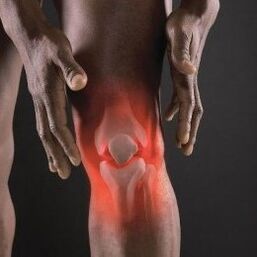
The Causes of Pathology
Arthrosis develops as a result of a violation of metabolic processes in the joints, against the background of which intraarticular cartilage begins to lose water and does not become elastic. The predisposing factors of such changes in cartilage can be internal and external causes:
- hormonal changes;
- age -related characteristics;
- genetic predisposition;
- Rheumatoid arthritis;
- Excessive joint load;
- Injuries and damage - displacements, fractures, serious bruises, rupture of ligaments;
- Changes in metabolism within the articulation associated with obesity, diabetes mellitus;
- hypothermia;
- Lower and unbalanced nutrition, as a result of which the body does not receive calcium, omega-3 and 6, fats and proteins;
- inflammatory process in the joint;
- Violation of blood supply to femoral head - permalty disease;
- problems with blood coagulation, hereditary diseases;
- Autoimmune diseases - red lupus, rheumatoid arthritis.
Specific diseases that have nothing to do with the joints, namely: namely:
- syphilis;
- hyperthyroidism;
- Thyroiditis.
At risk are people involved in heavy physical work, constantly forced hypothermia and experimenting with an increased load in musculoskeletal system miners, blacksmiths, athletes, busy and pregnant women.
Arthrosis symptoms
The first symptom of arthrosis is pain in the smallest load in the joint, which passes quickly as soon as the joint is left alone. Arthrosis is characterized by 4 basic clinical signs:
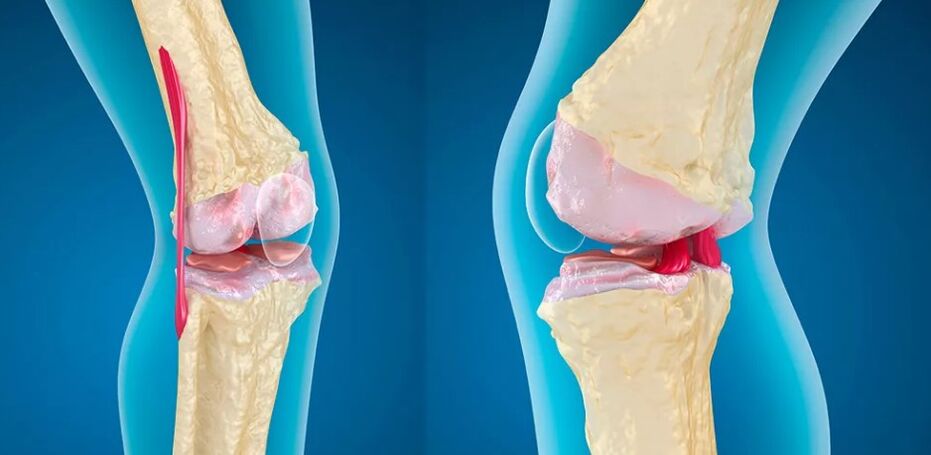
- Pain - Pain in arthrosis has some characteristics, in contrast to pain in case of random bruise of the joint or inflammatory process. First of all, you should pay attention to the occurrence of discomfort and pain with any movement and load in the affected joint. It is worth a person to stop moving and remove the load as the pain passes immediately, which does not happen when injured or inflammation of the joint. At night, the collapse joint does not cause discomfort with the patient, painful sensations are possible only when the body position is altered, but they pass quickly. With a pronounced progression of destructive processes within the joint, acute pain can occur at night, which become stronger and make their lifestyle adjustments. Acute pain occurs with any changes in the climate, the change of phases of the moon, the smallest load.
- This sound appears as a result of a decrease in the softness of the rotation of bones around the articulation, which leads to bone friction against each other and is accompanied by a characteristic crisis. As degenerative processes progress in articulation, the crisis becomes more pronounced and is accompanied by pain.
- Limiting articulation mobility - at the early stage of the development of the pathological process of pronounced mobility restrictions, but as joint destruction is progressed, it is increasingly difficult for the patient to perform simple actions. Finally, the affected joint becomes completely immobilized.
- Articular deformation - osteophytes begin to grow actively on the surface of the bone and the synovial fluid accumulates. Articulation deformation is observed at an advanced degree of pathological process.
Degenerative processes in the joint do not develop rapidly, the disease is characterized by the stages of exacerbation and remission, from which patients are not in a hurry to seek medical help, thus contributing to the progression of destructive processes within the articulation.
Stages
The stage of progression of the pathological process in the joint is determined using X -ray examination. Only 4 stages of the disease are distinguished:
- First - characterized by a slight narrowing of the joint gap, while there is no pathological growth in bones;
- The second - there is a slight narrowing of the joint gap, osteophytes are formed on the surface of the bone;
- The third - the joint gap is reduced, on the surface of bone osteophytes, the joint is observed;
- The room - There is virtually no joint gap, there are multiple osteophytes, a deformation of the pronounced joint.
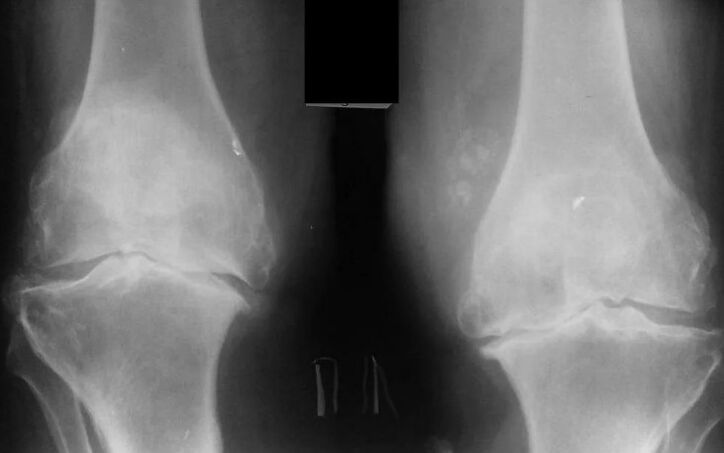
Degree
Arthrosis is expressed in the form of degenerative-destructive processes in the joint, as a result of which cartilage is affected, changes in capsule and synovial joint joint are developing, as well as in the ligaments around them and bone structures. Depending on the severity and severity of these destruction, it is usual to distinguish 3 degrees of arthrosis.
The first degree
There is no pronounced deformation or changes in the joint, but the composition of synovial fluid is disturbed - this leads to insufficient provision of joint tissues with nutrients, water and microelements, as a result of which cartilage quickly becomes elastic and is not adapted to loads. Over time, this causes inflammatory processes and is accompanied by pain during movement and joint load.
In the first degree of arthrosis, none of your patients seek medical help, attributing discomfort and pain to an uncomfortable pose during sleep, fatigue and an incorrect lifestyle. Sometimes the patient may notice a characteristic crisis in the affected joint area, but this is not accompanied by intense pain, but only by discomfort, to which no one again pay significant attention.
If arthrosis is accidentally diagnosed at the first stage, the disease is easily treated.
The second degree
At this stage, the disease is accompanied by destructive processes of cartilage tissue within the joint. Osteophytes grow intensely on the bone surface and, more intensively the load in the damage zone, more pronounced destruction will progress.
At the same time, the patient complains of constant pain of a real nature, which passes periodically on his own and is not felt for a long time. Then the disease progresses again. At the bottom of such a pathological process, the muscles surrounding the inflamed joint gradually lose their functions, from which the patient quickly gets tired and cannot stand physical activity, which he easily suffered. In the second degree of arthrosis, the patient gradually progresses the deformation of the cartilage and articulation.
The third degree
It is the hardest. The intra -articular cartilage of the affected joint is thinner and intensely destroyed, which leads to clearly noticeable deformation and impaired functions of the affected limb. Ligaments and muscles located next to the joint are nutrient and oxygen deficiency and atrophy gradually, which is accompanied by a pronounced loss of mobility. At the same time, the patient is tormented by acute pain all the time, which is improved by any attempt to change body position, with changes in climate conditions and phases of the moon and gradually leads to a complete loss of legal capacity.
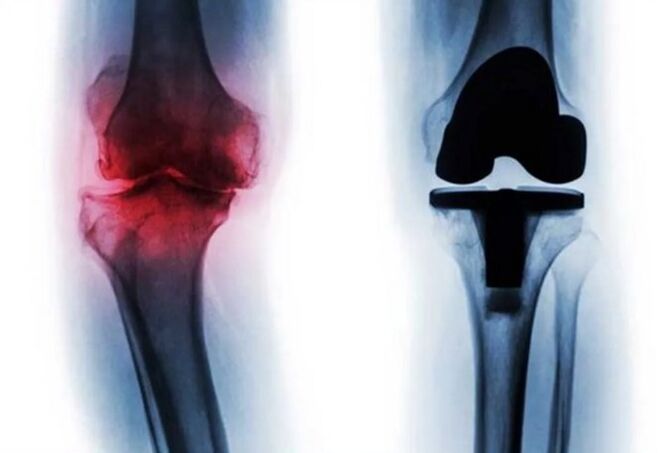
Types of arthrosis
Depending on the cause of the pathological process, primary, secondary and idiopathic arthrosis is distinguished within the articulation.
Primary develops as an independent, secondary disease as a result of an injury or infection, and the cause of idiopathic form is not known. In addition to the classification of the disease, depending on the cause of the pathological process, arthrosis is distinguished in the place of location of destructive changes:
- Gonarthrosis is the most common type of pathology, characterized by damage to knee joints. Most of the time, gonarthrosis is detected in overweight people with chronic metabolic diseases in the body, weak immunity. Knee arthrosis progresses for a long time and gradually leads to a complete loss of motor function.
- Ankle arthrosis - The main causes of the development of degenerative processes in the ankle joint suffer injuries, travel, stretching, fractures. In some cases, the development of the pathological process can cause an autoimmune disease - rheumatoid arthritis. Ankle arthrosis is prone to dancers, women using high heels, athletes.
- Shoulder articulation arthrosis is the main cause of degenerative processes in this area are congenital abnormalities of shoulder joint development or excessive loads in this zone, for example, when using heavy shoulders.
- COKSARROSIS OR Hip Articulation Arthrosis - The main cause of occurrence is the age -related changes in joint tissues. At risk, people over 45 years old.
- Arthrosis of the cervical region - The causes are neck lesions, progressive osteochondrosis, obesity, a sedentary lifestyle. At risk, people working on the computer are in offices. In addition to intense neck pain, patients pronounced dizziness, inhibition of consciousness, impairment of memory and fatigue. These symptoms are due to the compression of the vertebral artery through which nutrients and oxygen enter the brain.
- Spondylartrosis - Destructive destruction is subject to tissues in the spine spine, namely its lower back. In the risk group of a woman during the occurrence of menopause, as spondylartrosis progresses against the bottom of a female sex hormone deficiency.
- Osteoarthritis of the fingers - develops for the same reason as spondylartrosis.
- Polartrosis - characterized by damage to multiple joints with progressive degenerative processes in them, while ligaments, muscles and surrounding tissue joint are involved in the pathological process.
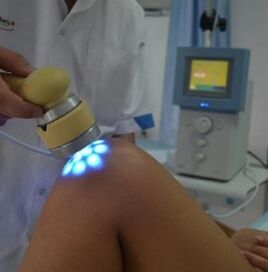
Treatment of arthrosis
The treatment of arthrosis is better performed at the early stages, so the disease is better to succumb to conservative therapy methods. It is very important to correctly establish the cause of progressive destructive changes in the joint and interrupt these factors over time.
The treatment of arthrosis is performed comprehensively and consists of eliminating the inflammatory process, interrupting pain syndrome, interrupting the progression of the pathological process and, if possible, restoring lost joint functions. Conservative therapy includes the selection of medicines and physiotherapeutic treatment methods.
Drug treatment
The treatment of arthrosis is different with different places of location of the pathological process:
- Arthrosis of fingers and hands -show non -inflammatory drugs non -steroids in the form of cream ointments, gel. To avoid the progression of the pathological process, the technique of chondroprotectors is shown. After interrupting an acute inflammatory process, massage and physiotherapeutic methods of therapy are prescribed.
- With shoulder articulation arthrosis -Dental of the joint, the patient is injected with injectively painkillers and non -steroid anti -inflammatory drugs. Severally can prescribe admission medications that relax the muscles and will slightly reduce the intensity of pain. After relief of acute inflammation and pain, physiotherapy and massage are indicated.
- Knee Articulation Arthrosis -Publish non -inflammatory drugs non -steroids locally in the type of compresses, ointments, gels. The affected joint area shows therapy methods of therapy.
- Hip articulation arthrosis - compresses impregnated with ointment or gel of the AINE group are applied to the area of lesion, and painkillers injected into the joint.
- Knee joint arthrosis - Ointments and gels with analgesic effect are applied to the damage zone and, after relief of acute pain and inflammation, physiotherapeutic methods of treatment are indicated.
- Ankle arthrosis - The patient is recommended for strict rest with the remaining remaining of the affected joint. As the acute inflammatory process disappears, physiotherapeutic procedures, baths and massage are prescribed.

Physiotherapeutic treatment
Effective physiotherapeutic methods, usually used at varying degrees of arthrosis gravity, include:
- Treatment with shock waves effectively eliminates the patient from the growth of osteophytes, thus eliminating pain and restrictions on joint mobility;
- Muscle stimulation around the affected joint with the electrical-e-e-east procedure is very effective for patients with pronounced limited mobility and allows to improve blood circulation in the joint, accelerate regenerative processes, increase muscle tone;
- Ozonotherapy - A gas mixture is introduced into the affected joint cavity, because the patient decreases, joint mobility is normalized and signs of inflammation disappear. For the maximum effect, ozone therapy is performed in courses;
- Phonophoresis - The effect on ultrasound wave damage using medicines. This method of drug use is much more effective as ultrasonic waves deliver the drug directly to the lesion.
In addition, treatment with physical therapy includes exercise therapy, massage, manual therapy, mechanotherapy.
Food nutrition
The arthrosis diet should be the most balanced and rich in polyunsaturated fatty acids, proteins, tracking elements. It is recommended to include fresh fish, vegetable oils, cottage cheese, dairy products, meat, fresh vegetables and fruits in the diet.
"Quick" flour and carbohydrates, chocolate, coffee, alcohol, pork, fatty and sharp dishes should be excluded from the diet.



















